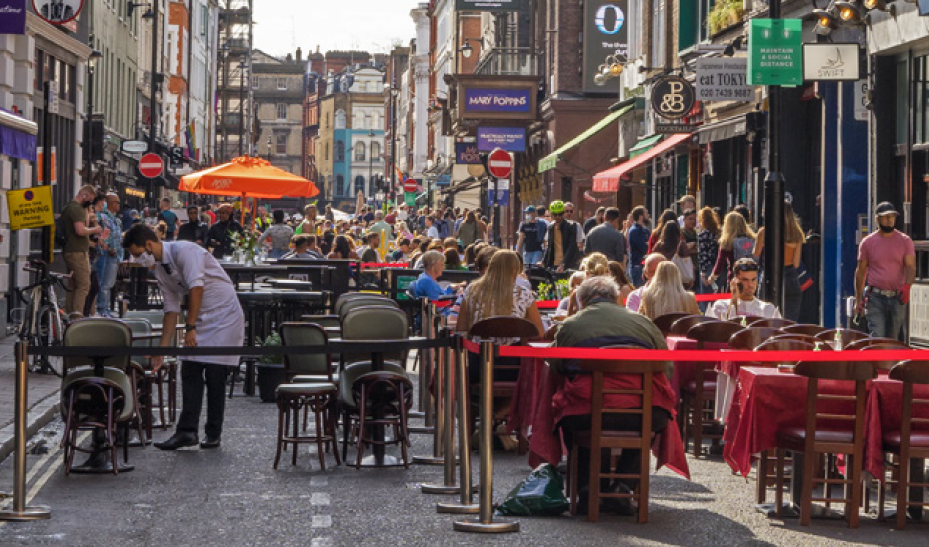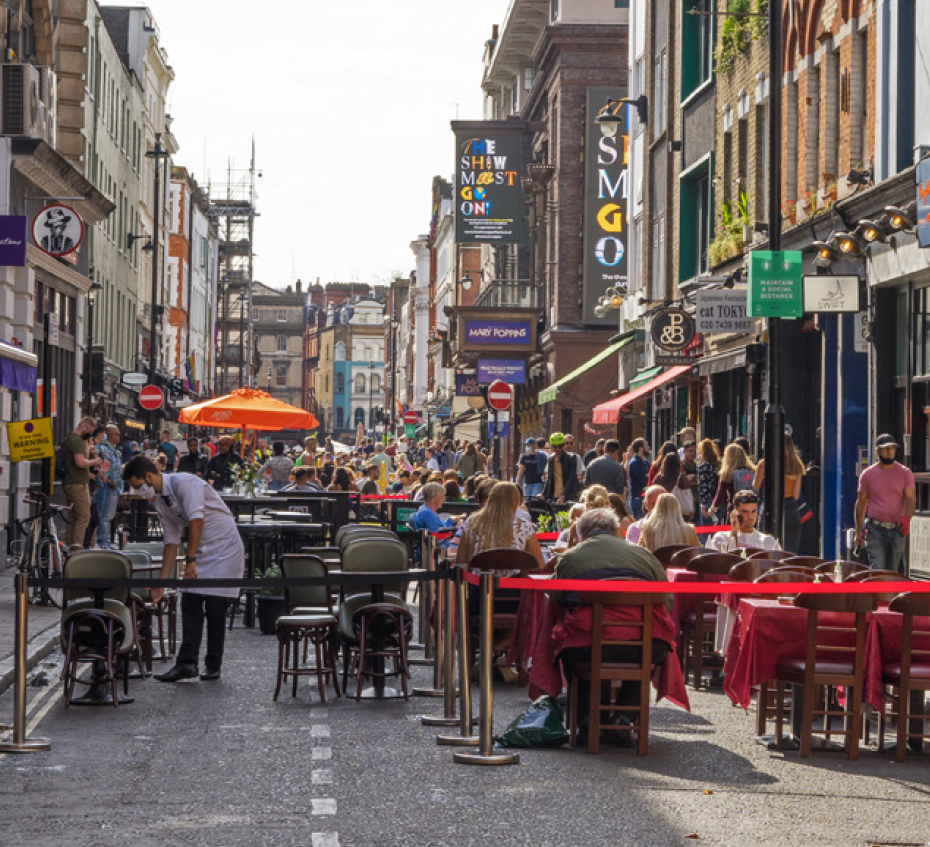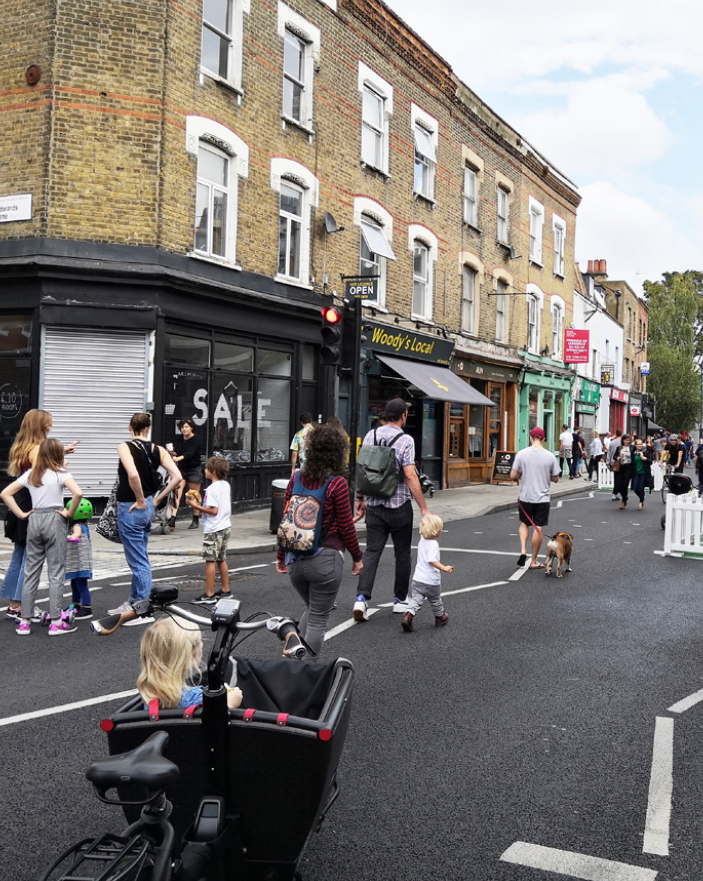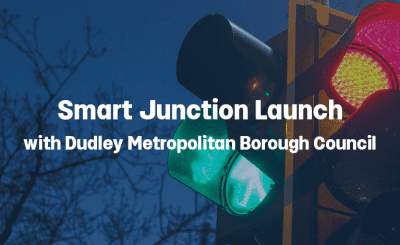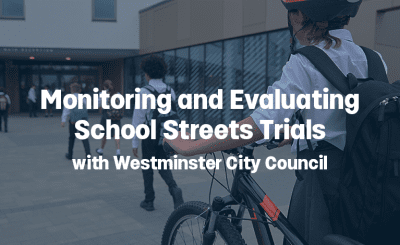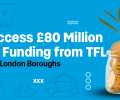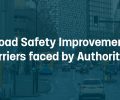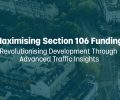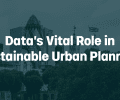In summer 2020, some of the streets of Soho in central London were closed to vehicular traffic between 5pm and 10pm, allowing hospitality establishments to set up extra space outdoors to serve customers, while increasing overall space for pedestrians to safely transit due to the ongoing pandemic. This initiative was fondly named Soho ‘Al Fresco’.
The Cross River Partnership (CRP) monitoring research was set up to collect traffic data to understand the impact of this ‘Al Fresco’ proof of concept and support its reintroduction in Soho again from April to September 2021. Motorised and non-motorised road users were anonymously monitored, counted and classified using a VivaCity sensor between 27th August to 31st October 2020. Bustling Old Compton Street was targeted for the purpose of this research and the average pedestrian and vehicle counts both for weekdays and weekends can be seen in the graphs below.
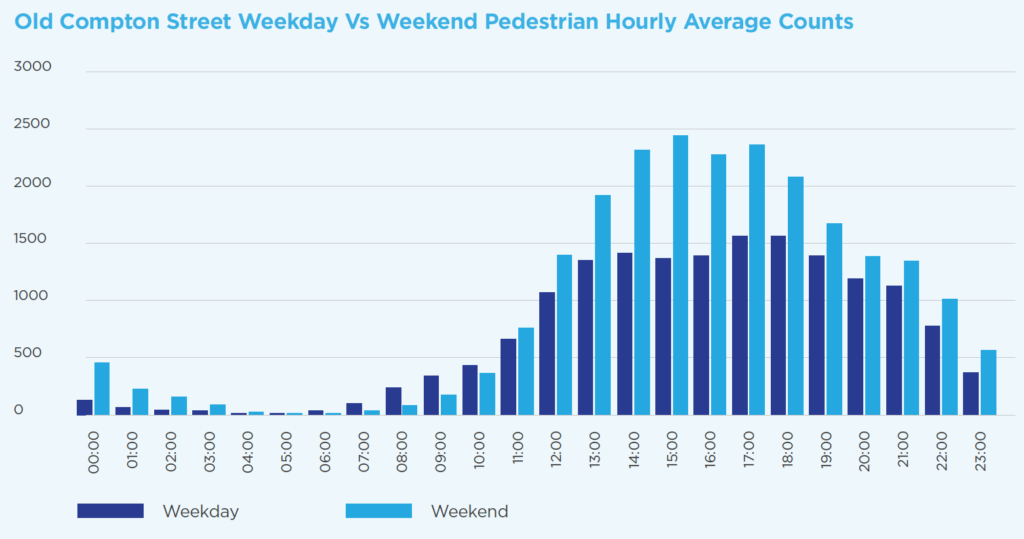
The first graph shows an increase in the number of pedestrians frequenting the target points from around noon, peaking between 5pm and 6pm on weekdays and 3pm and 6pm on weekends.
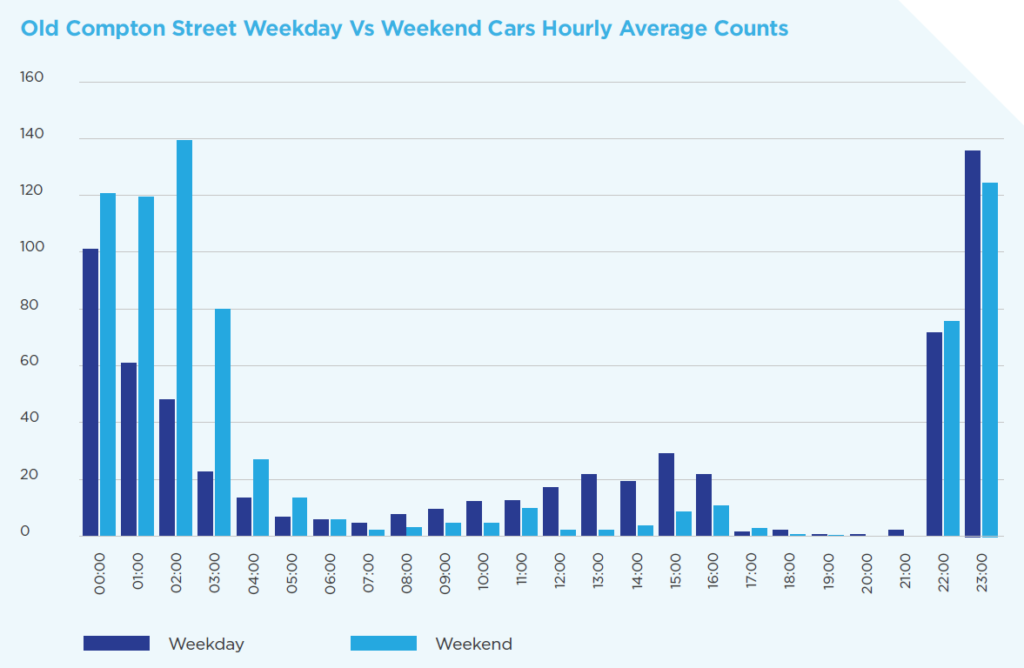
The second graph shows a considerable drop in cars between 5am and 10pm on both weekdays and weekends. It’s important to note the overall context of the area and that this drop could also be a reflection of the congestion charge and Ultra-Low Emission Zone schemes already in place.
The Conclusions
Further analysis of the first graph indicates that pedestrian use of the roads increases substantially over the weekend, with an earlier peak at 3pm over the weekday happening at 4pm.
The reduction of the vehicles coincides and can coexist with the street closures times, without disrupting vehicular traffic, as suggested by the trends. It’s also been suggested in the original study that the rise of vehicles at 10pm may be a result of taxis and service cars collecting some of the pedestrians who have enjoyed the hospitality venues.
Further Information
This research was carried out by the Cross River Partnership VivaCity programme, aimed at providing accurate data to support Local Authorities, business and community initiatives and schemes. This CRP VivaCity programme is part of the Healthy Streets Everyday initiative, that in turn focuses on empowering boroughs, businesses and communities across London to create projects with pedestrian welfare and healthy streets in mind, increasing active travel whilst reducing emissions and overall exposure to toxic air.
For further Information about this and other case studies, please download CRP’s full report Meaningful Monitoring: Providing the Path to Positive Change via their website.
Make sure to visit our technology pages to learn more about our AI-power traffic monitoring sensor used in this research programme. If you have any questions or would like a demo, get in touch with our team now.
Like our content? Sign up to our newsletter and receive the latest updates in your inbox.
Sign-Up
